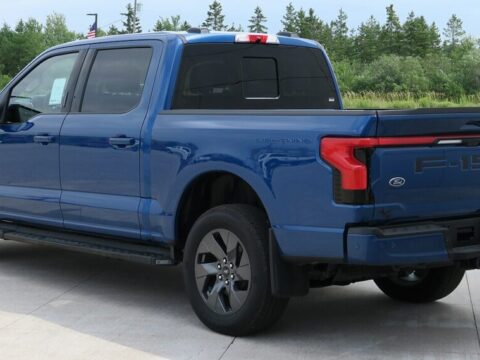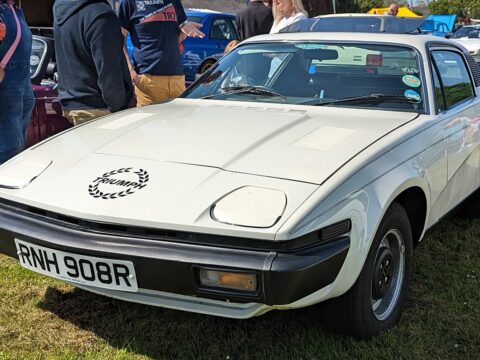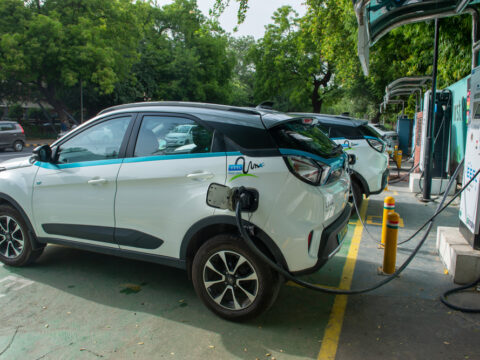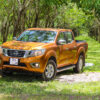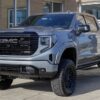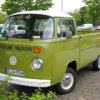Some cars capture the public’s imagination with their sleek designs, advanced technology, or historical significance, only to falter due to various shortcomings. Whether it’s due to poor performance, reliability issues, or simply failing to resonate with buyers, these vehicles often become notorious examples of unfulfilled potential. Examining these overhyped cars reveals the gap between expectation and reality, offering lessons for both the automotive industry and consumers.
Contents
Lexus LFA
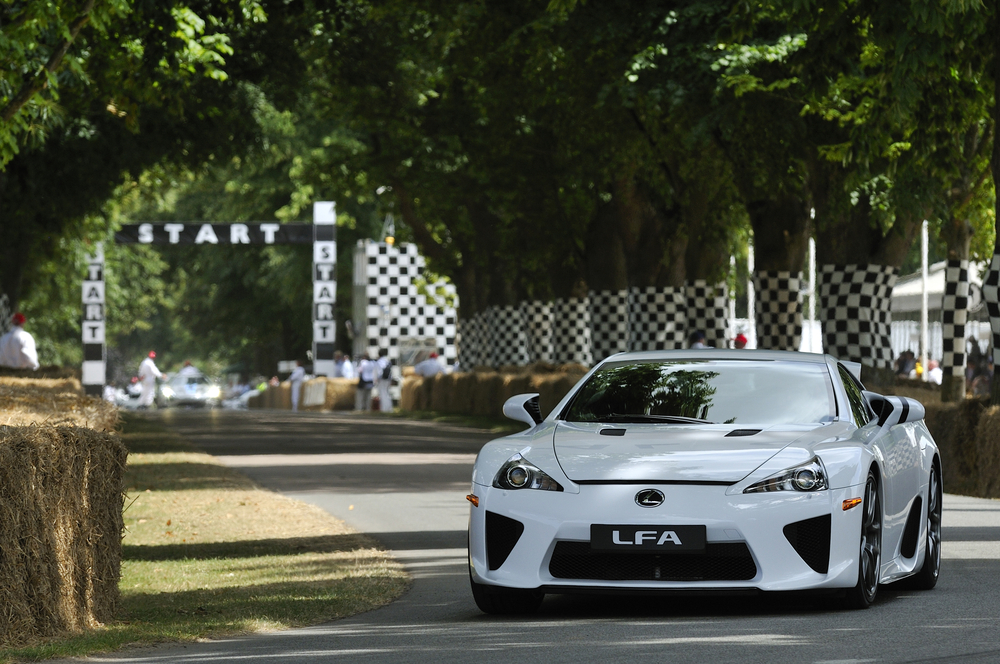
The Lexus LFA was touted as a revolutionary supercar with a Formula 1-inspired V10 engine and an impeccable driving experience. Despite its high price tag and limited production, it struggled to justify the hype. The LFA’s performance and build quality were impressive, but its dated technology, lack of significant innovation, and exorbitant price point compared to more established supercars left many enthusiasts underwhelmed.
Bugatti Veyron
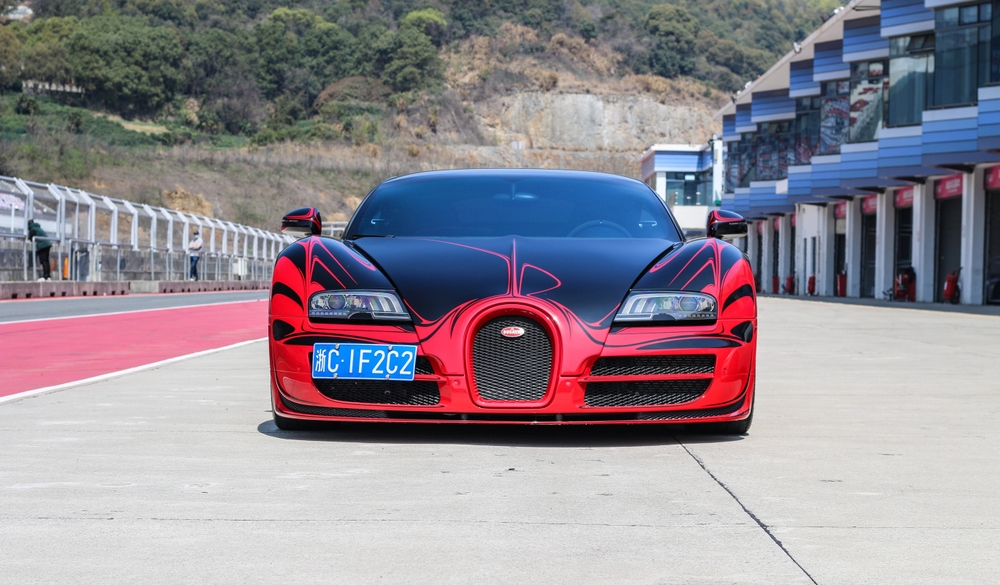
The Bugatti Veyron was heralded as the ultimate hypercar, boasting a top speed of over 250 mph and an unprecedented level of luxury. However, despite its engineering marvels, the Veyron’s heavy weight and excessive complexity meant it was more of a technological showcase than a true driver’s car. Its astronomical price tag and high maintenance costs further limited its appeal, making it more of a status symbol than a beloved performance vehicle.
Ford Edsel
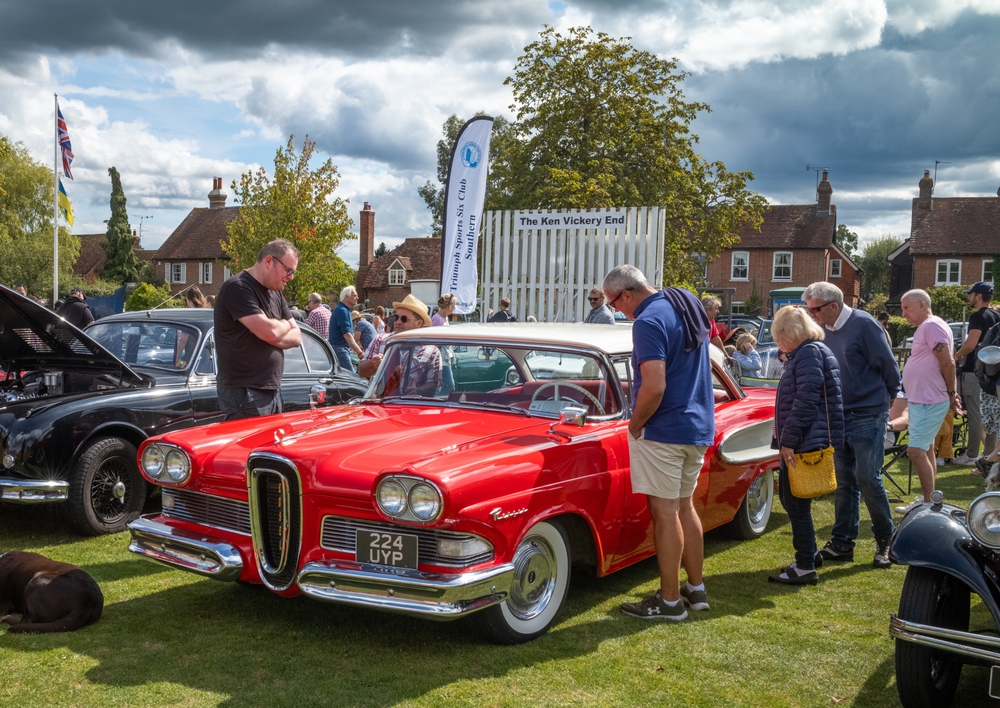
The Ford Edsel was marketed as the car of the future in the late 1950s, promising innovative features and cutting-edge design. Unfortunately, Edsel’s launch was plagued with quality issues, poor craftsmanship, and a design that failed to resonate with consumers. Its high price and confusing model lineup also contributed to its commercial failure, cementing its place in automotive history as a cautionary tale of overambitious marketing.
Chrysler PT Cruiser
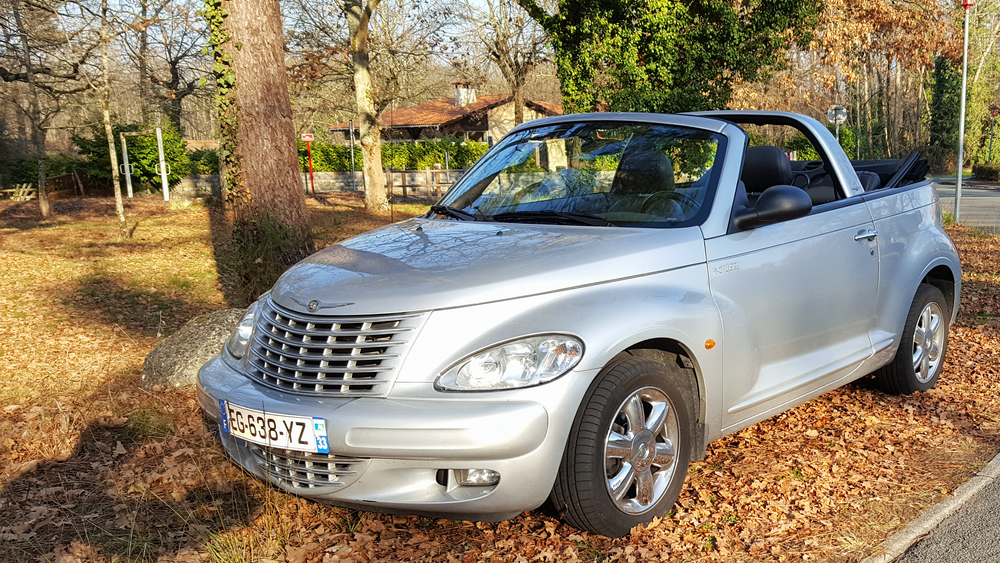
The Chrysler PT Cruiser was initially celebrated for its retro-inspired design and versatile interior. However, beneath the nostalgic exterior, it offered lackluster performance, subpar handling, and an uninspiring driving experience. Its outdated technology and mediocre build quality quickly became apparent, leading to a decline in popularity and eventual discontinuation.
Chevrolet SSR
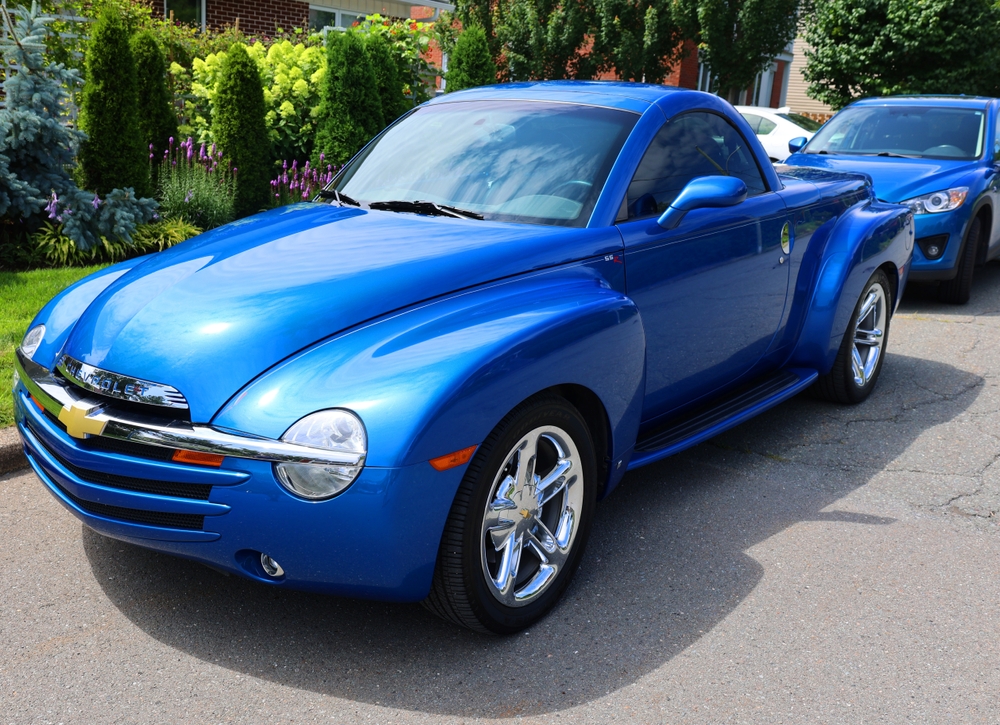
The Chevrolet SSR combined the styling of a retro truck with the performance of a modern sports car. While its concept was intriguing, the execution fell short. The SSR’s heavy weight, limited practicality, and unimpressive performance for its price point led to a lukewarm reception. The vehicle’s niche appeal and high cost failed to capture a broad audience, resulting in disappointing sales.
W Motors Lykan HyperSport
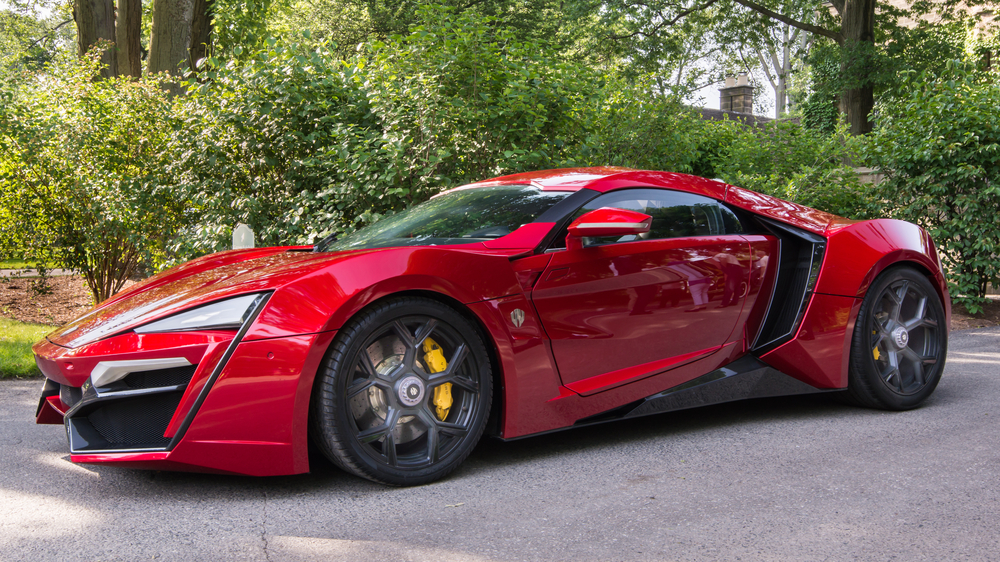
The W Motors Lykan HyperSport gained international attention for its role in the “Fast & Furious” franchise and its extravagant features, including diamond-encrusted headlights. Despite its dramatic appearance and advanced technology, the HyperSport’s performance and engineering were not on par with its multi-million-dollar price tag. Questions about build quality and limited production numbers further diminished its credibility as a serious contender in the hypercar market.
DeLorean DMC-12
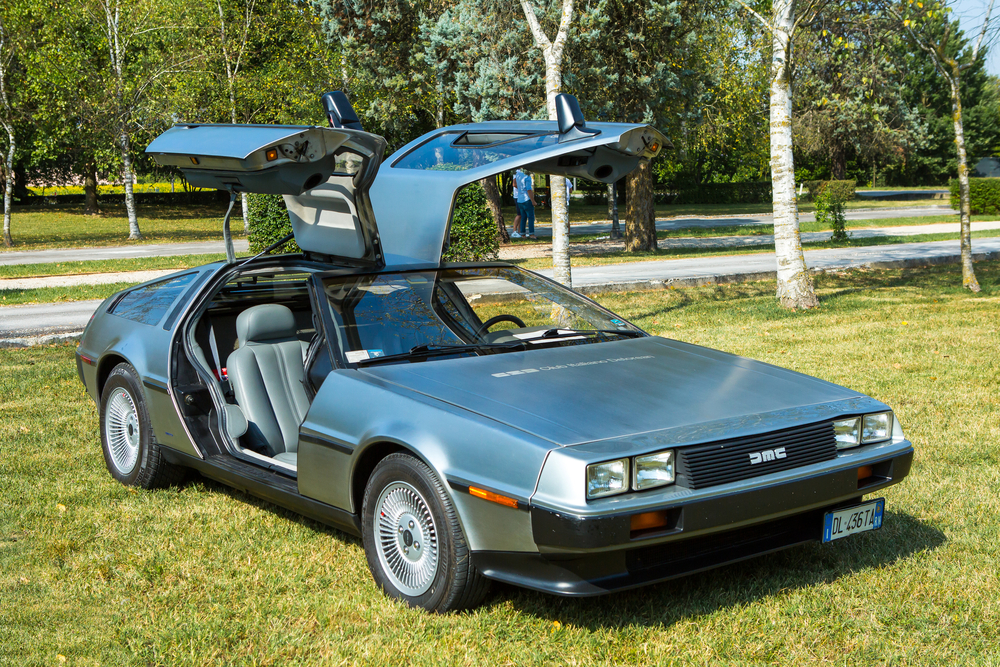
The DeLorean DMC-12 achieved cult status thanks to its iconic appearance in the “Back to the Future” movies, but the car itself failed to live up to the hype. Its underpowered engine, unreliable build quality, and lackluster performance stood in stark contrast to its futuristic stainless steel design. The company’s financial struggles and subsequent bankruptcy also overshadowed the DMC-12’s potential.
Cadillac XLR
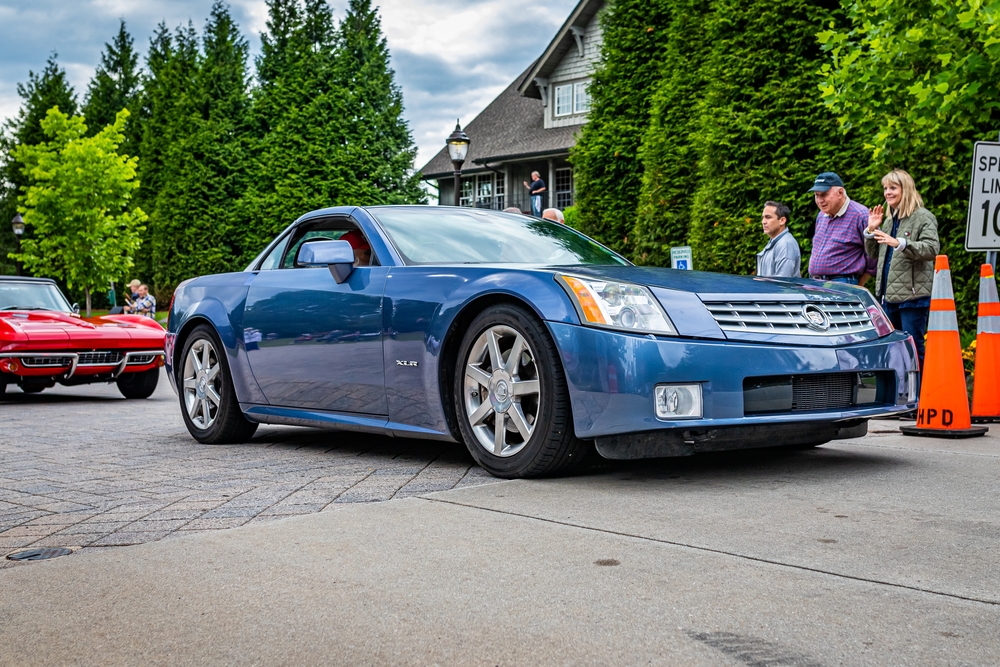
The Cadillac XLR was introduced as a luxury roadster aimed at competing with European rivals like the Mercedes-Benz SL-Class. Despite its sleek design and advanced features, the XLR’s driving dynamics and performance were underwhelming. Its high price and lack of brand cachet compared to established luxury manufacturers resulted in modest sales and a short production run.
Aston Martin Cygnet
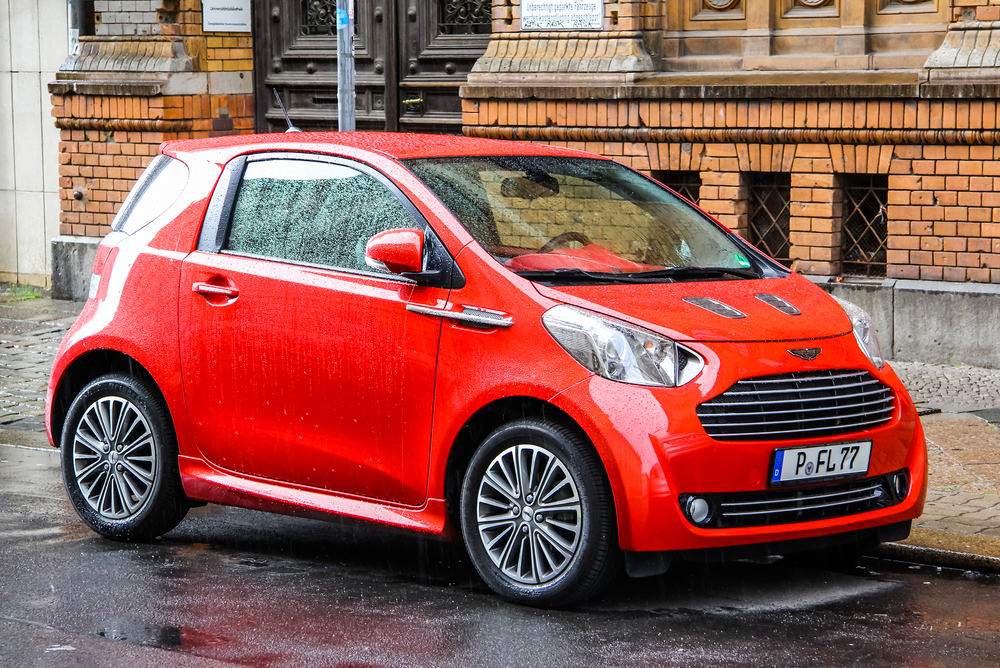
The Aston Martin Cygnet was a peculiar attempt to create a luxury city car based on the Toyota iQ. Despite its premium interior and Aston Martin badge, the Cygnet’s underpinnings and performance were distinctly economy-class. The high price tag for what was essentially a rebadged city car left both critics and consumers baffled, leading to its swift discontinuation.
Tesla Model X
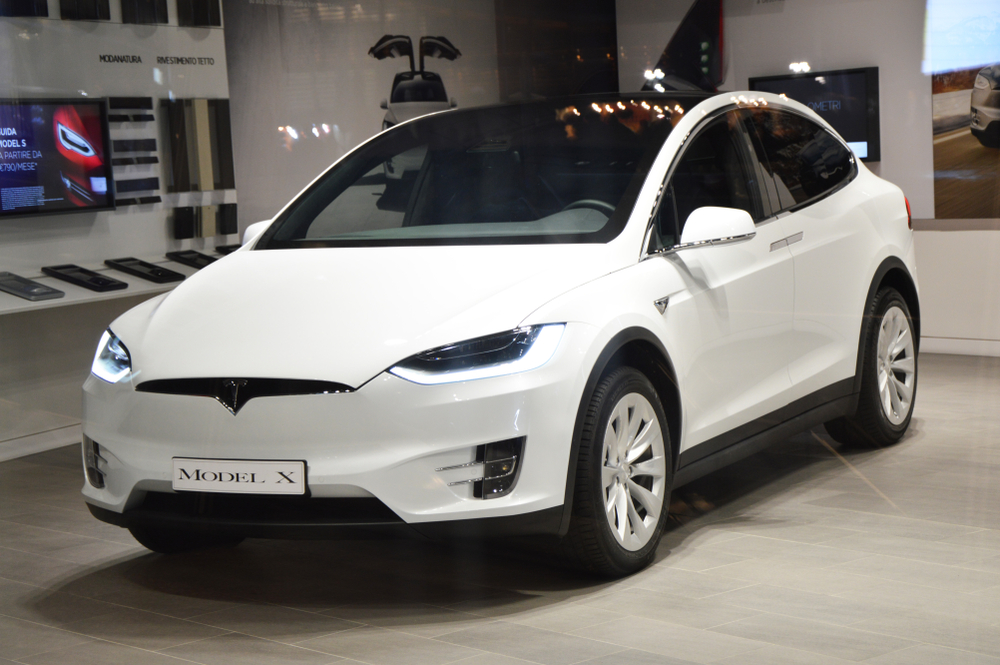
The Tesla Model X generated considerable excitement with its futuristic design, falcon-wing doors, and promises of electric performance. However, the Model X was plagued with quality control issues, software glitches, and reliability concerns. Its high price and inconsistent build quality detracted from its appeal, leaving some buyers disappointed with their investment.
Jaguar X-Type
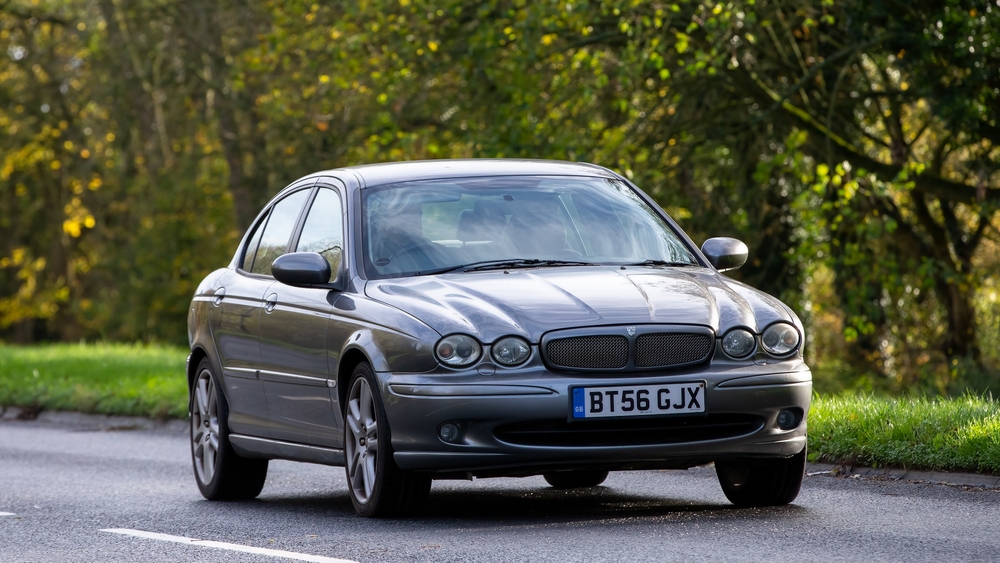
The Jaguar X-Type was intended to bring the luxury brand to a broader market with a more affordable entry-level sedan. However, the X-Type’s Ford Mondeo underpinnings and uninspired design failed to meet the expectations of Jaguar enthusiasts. Its performance and build quality were also seen as subpar, resulting in lackluster sales and a tarnished reputation.
Hummer H2

The Hummer H2 capitalized on the success of the original military-inspired H1, promising rugged off-road capabilities and a bold design. While it delivered on presence and image, the H2’s poor fuel economy, impractical size, and lack of refinement for daily driving turned off many potential buyers. The economic downturn and rising fuel prices further hastened its decline.
Smart ForTwo
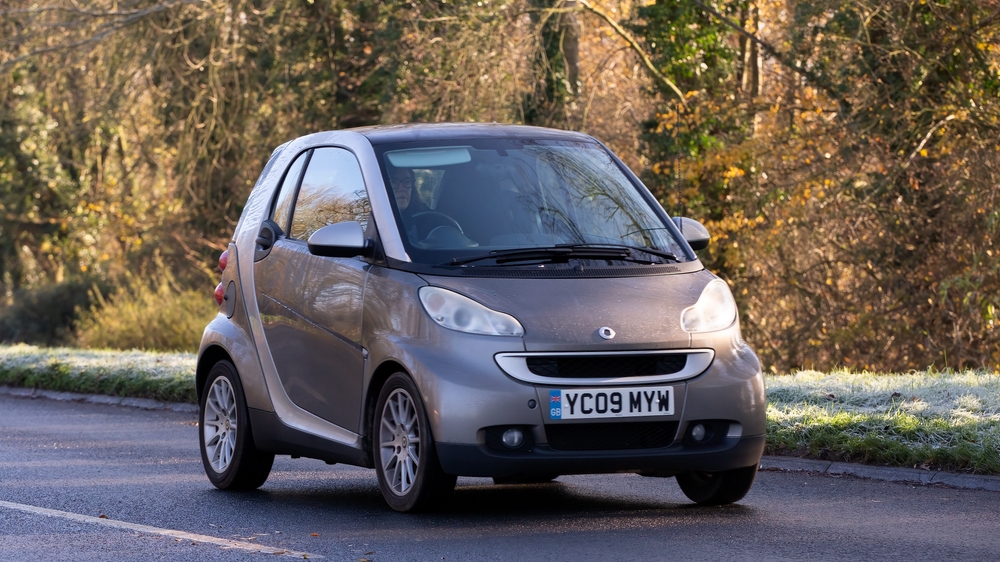
The Smart ForTwo was marketed as the ultimate urban vehicle, offering unparalleled maneuverability and efficiency. However, its tiny size and limited practicality, combined with a harsh ride and lackluster performance, failed to win over many consumers. Despite its novelty, Smart ForTwo struggled to find a substantial market outside of niche urban environments.
This article originally appeared on MyCarMakesNoise.
More from MyCarMakesNoise
23 Things You Should Never Keep in Your Garage

Storing items in the garage is a common practice for many homeowners, but not everything belongs in this often unpredictable environment. Temperature fluctuations, moisture, and pests can damage certain belongings or even pose safety hazards. Read More.
21 Cars That Will Keep Running Past 250,000 Miles

Choosing a car that offers both reliability and longevity is crucial for many drivers. They seek vehicles that not only fulfill daily requirements but also have the ability to surpass significant mileage milestones with minimal complications. Read More.
20 Used Cars to Avoid Buying

Buying a used car can be a smart and cost-effective decision, but it’s important to choose wisely to avoid potential headaches down the road. While many used cars offer great value and reliability, some models are notorious for their frequent mechanical issues and high maintenance costs. Read More.


